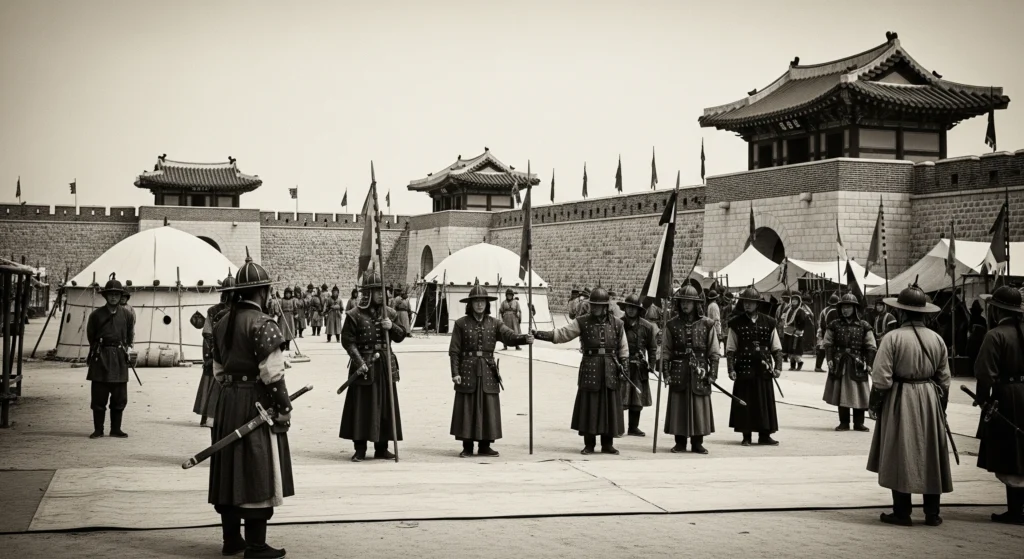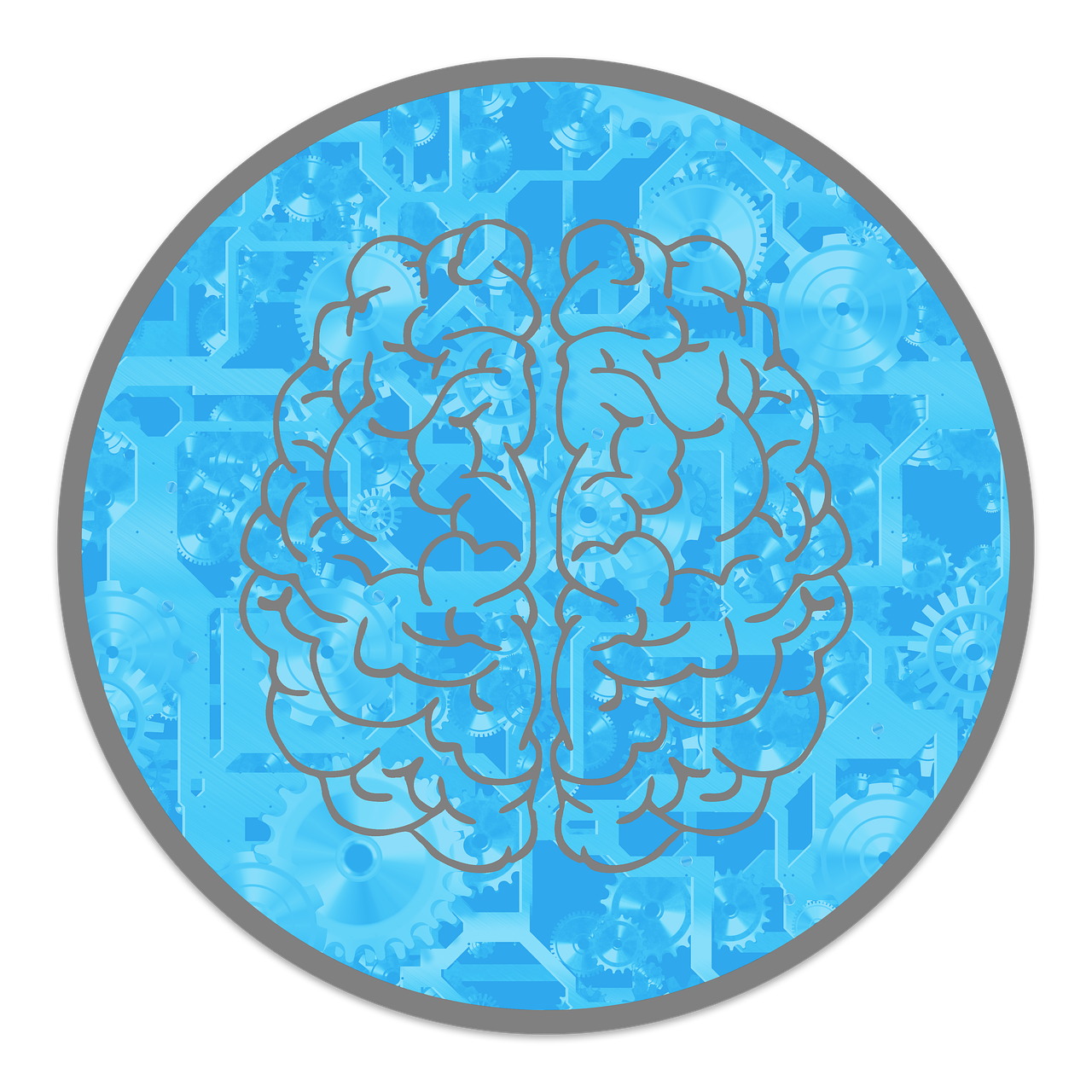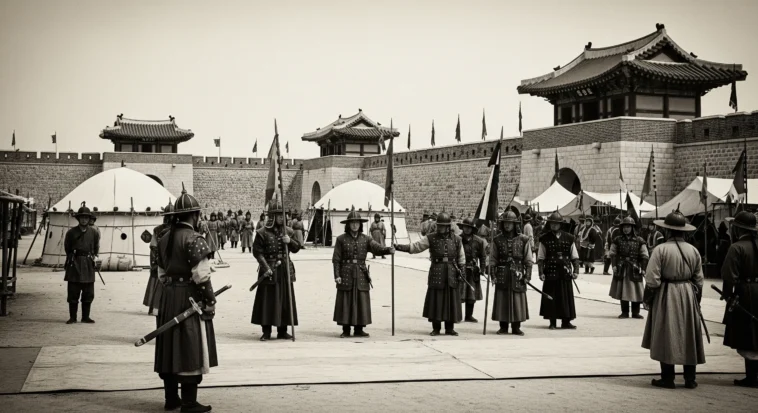
People always name-drop Egypt or Rome, but from about 57 BCE to 935 CE the Korean kingdoms Goguryeo, Baekje, and Silla were quietly inventing huge things—astronomy, engineering, government systems, and tech—that shaped East Asia and still touch our world today.
Imagine finding a secret level in history where brilliant engineers and star-gazers were years ahead of everyone else—these kingdoms deserve way more credit.
The Three Kingdoms: Masters of Ancient Innovation
Goguryeo: The Northern Powerhouse (37 BCE – 668 CE)
Goguryeo was the biggest and toughest of the three, ruling over northern Korea and much of Manchuria.
But they weren’t just warriors—they built systems and structures that shaped Korea for centuries.
Imagine running a huge empire with tons of different people.
Their trick? Dividing land into “pu,” kind of like giant districts, each with forts and leaders.
This setup kept control tight but flexible, letting culture and power spread smoothly. Pretty genius for 2,000 years ago.
Baekje: The Cultural Bridge (18 BCE – 660 CE)
Baekje was the middle child kingdom, but instead of fighting for attention, it became the ultimate connector.
Sitting in southwest Korea, Baekje traded ideas, art, and tech between China, Korea, and Japan.
Think of it as the Wi-Fi hub of ancient East Asia.
Their artists and builders were next-level—metalwork, pottery, architecture, you name it.
Even cooler? Baekje experts were the ones who introduced Japan to Buddhism and advanced building techniques.
Without Baekje, Japan’s culture would’ve looked very different.
Silla: The Unifier and Innovator (57 BCE – 935 CE)
Silla started small but pulled off the biggest flex: uniting the Korean Peninsula.
Their capital, Geumseong (today’s Gyeongju), turned into a buzzing city of scholars, traders, and inventors.
Under rulers like Queen Seondeok, they crushed it in farming with oxen-drawn ploughs and smart irrigation systems—basically ancient hacks for boosting food supply.
And with resources like gold and iron, Silla wasn’t just surviving, it was thriving. Small beginnings, massive finish.
- Read Also: Forgotten African Kingdoms Pre-Colonization: The Hidden Civilizations
- Read Also: Unveiling the Legacy: Ancient African Kingdoms Timeline
Revolutionary Technological Achievements
The World’s Oldest Surviving Observatory
One of Korea’s coolest flexes in science is the Cheomseongdae observatory in Gyeongju.
Built during Queen Seondeok’s reign in the 7th century, it’s the oldest observatory still standing in Asia—maybe even the world.
Imagine a stone tower built over 1,300 years ago, just so people could track the stars with precision.
Its design wasn’t random—every angle shows how much ancient Koreans already knew about astronomy and engineering.
And here’s the kicker: this thing was up and running long before many of the observatories we always hear about in world history class.
Korea was quietly leading the science game.
Ondol: The Revolutionary Heating System
Forget modern radiators—2,500 years ago, Koreans already had heated floors. It was called ondol, and it was genius.
They routed hot air and smoke from kitchen fires through pipes under stone floors, turning houses into cozy, evenly heated spaces.
Think about it: you wake up in winter, and instead of freezing, the floor itself is warm. That’s luxury.
The system was so efficient that even today, Korean homes still use versions of it.
And get this—archaeologists even found similar systems in ancient Alaska, sparking theories about possible tech-sharing between early Koreans and Native North Americans. Crazy, right?
Advanced Ceramics and Metallurgy
During the Three Kingdoms period, Korean craftsmen were basically the “science nerds” of materials.
They figured out how to fire stoneware at over 1,000°C, creating pottery that was both tough and beautiful—way ahead of their neighbors.
These weren’t just household mugs; this tech sparked trade across East Asia.
On top of that, Koreans mastered iron production.
One ancient state, Pyonhan, was exporting iron to Nakrang and even Japan.
So yeah, long before “globalization” became a buzzword, Korea was already building trade networks with their tech.
Architectural and Engineering Marvels
Fortress Construction and Urban Planning
The Three Kingdoms weren’t just about swords and battles—they were master builders too.
Goguryeo, especially, turned fortress building into an art form.
They didn’t just plop down walls anywhere; they studied mountains, rivers, and valleys, then used the land itself as part of their defenses.
Imagine trying to attack a castle built into a mountain, with stone walls that practically grow out of the rocks—it was nearly impossible.
Their designs were genius:
- Layered defenses mixing natural terrain and man-made walls (like a video game with multiple boss levels).
- Clever water systems so soldiers never ran dry during sieges.
- Fortresses placed in spots that gave maximum control of the land but still kept supply routes open.
- Modular construction so they could expand or adapt fast if war conditions changed.
Basically, they turned engineering into a survival superpower.
Buddhist Temple Architecture
When Buddhism arrived, the Koreans didn’t just copy Chinese temples—they upgraded them.
Their architects blended foreign ideas with local creativity, making temples that were both insanely beautiful and super strong.
Some were even built to withstand earthquakes (think of it as ancient anti-shake tech).
These temples weren’t just buildings—they were experiences.
The acoustics were designed so chants and bells echoed perfectly during ceremonies, giving people goosebumps.
And they often sat harmoniously in nature, like they’d grown out of the mountains and forests themselves.
Japan later copied a lot of these ideas, which shows just how influential Korean temple design really was.
Administrative and Social Innovations
Centralized Governance Systems
The Three Kingdoms weren’t just about battles—they also cracked the code on running big, diverse territories.
Each kingdom had its own spin, but Silla’s bone-rank system stands out.
Yeah, it was strict and ranked people by birth, but it also gave room for advancement if you proved yourself.
That balance kept society organized, stable, and ready to expand without falling apart.
Educational and Cultural Development
Schools back then weren’t classrooms—they were Buddhist monasteries.
These places doubled as libraries, universities, and think tanks, preserving texts, creating writing systems, and debating deep ideas.
They trained not just monks, but also the artists, leaders, and administrators who fueled their kingdoms’ growth.
In short, education wasn’t optional—it was the engine driving culture forward for centuries.
Agricultural and Economic Achievements
Revolutionary Farming Techniques
The Three Kingdoms weren’t just warriors—they were farming geniuses.
Silla, for example, introduced oxen-pulled ploughs and clever irrigation systems, turning rough land into fertile fields.
Imagine carving steps into mountains (terraced farming) so you can grow rice up the slopes, or rotating crops so the soil never got “tired.”
Their smart tools and water systems basically made sure no one went hungry and populations could boom.
International Trade Networks
And they didn’t just feed themselves—they traded like pros.
Korea was plugged into a massive network with China, Japan, and even Southeast Asia.
They weren’t only swapping goods but also ideas, art, and tech.
Archaeologists have even found evidence that they cared about product quality and knew the “diplomatic etiquette” to keep trade smooth.
In short: they were early masters of globalization before the word even existed.
Cultural and Artistic Legacy
Literature and Writing Systems
The Three Kingdoms weren’t just about walls and weapons—they were language innovators too.
They borrowed Chinese characters but tweaked them to fit Korean sounds, paving the way for Hangul, one of the smartest and most logical alphabets ever created.
Imagine inventing a writing system that makes reading and writing easier for millions—that’s some next-level brainpower.
Artistic Traditions
Korean artists were absolute pros. Sculptures, paintings, and decorations weren’t just pretty—they blended Indian, Chinese, and Korean styles into something unique.
Gold crowns showed insane metalworking skills, Buddhist statues combined spirituality and technique, tomb murals captured everyday life like ancient Instagram posts, and ceramics were both functional and beautiful.
Basically, they set the bar for art across East Asia.
Modern Relevance and Recognition
Sustainable Technology Applications
Ancient Korean tech isn’t just history—it’s still useful today.
The ondol heated floors inspired modern radiant heating, and old water management tricks can teach us how to plan eco-friendly cities.
Basically, these kingdoms were the original “green engineers.”
World Heritage Recognition
UNESCO gets it: sites like the Goguryeo tomb murals and Cheomseongdae observatory are proof Korea was ahead of the game.
They’re not just old stones—they’re global treasures showing how smart and creative these kingdoms really were.
- Read Also: The Middle Egyptian Kingdom: A Golden Age of Rebirth and Prosperity
- Read Also: Kingdom of Prussia Founded: A Historical Overview and Legacy
Conclusion: Reclaiming Korea’s Historical Legacy
Korea’s Three Kingdoms—Goguryeo, Baekje, and Silla—were quietly changing the world long before most people heard of them.
From the oldest observatory on the planet to heated floors that still inspire modern homes, they were masters of tech, governance, and culture.
Their secret? Mixing practical needs, curiosity, and learning from neighbors.
They show that big ideas come from embracing both tradition and change.
Facing today’s challenges—like sustainability or smart governance—we can still learn from their clever solutions.



